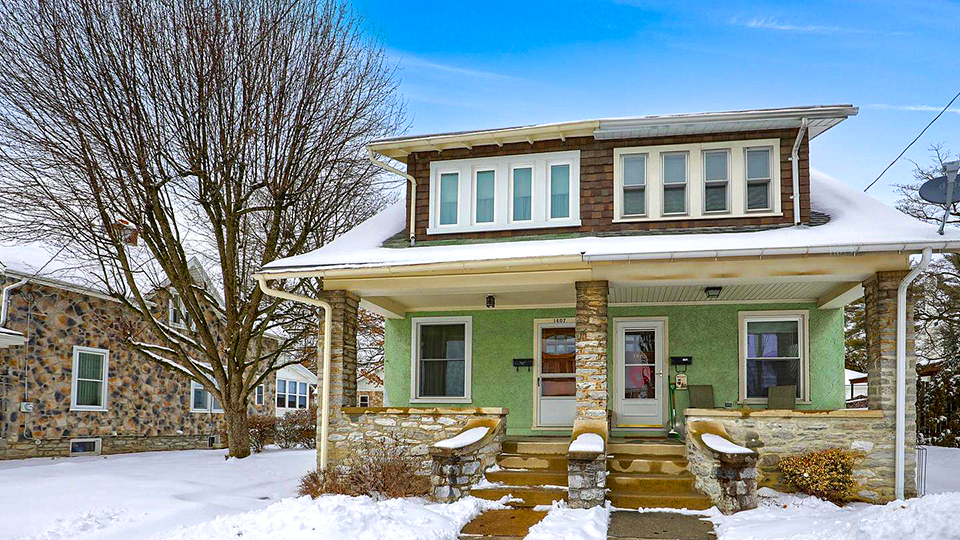

Lebanon City Hall is located at 400 South 8th Street, Lebanon PA 17042.
Phone: 717‑273‑6711.


Neighborhoods
Originally called Steitztown, Lebanon was laid out around 1756 and incorporated as a borough in 1821. Lebanon became a 3rd class city in 1885.
Lebanon [1], the seat of Lebanon County, is situated near the centre of the county, and is 25 1/2 miles from Harrisburg and 28 1/2 from Reading, on the main line of the Philadelphia and Reading Railroad.
The first settlers of this section of Pennsylvania were chiefly Germans, who came here about the year 1724.
The Moravians built a church here in 1740, and another was built the same year by the Mennonites. In the year 1750 the town was laid out by Geo. Steitz, and called Steitztown. Twenty-two years later it contained 200 houses. In 1813 its name was changed to Lebanon, at the time Lebanon county was formed, Feb. 16th of that year, and Lebanon became the county-seat, and had made such advances that in 1821 it was incorporated as a borough. Its growth in population, wealth, and commercial importance has been rapid and steady, and ranks, in proportion to its population, among the first manufacturing towns not only of the State of Pennsylvania, but of the whole country. The early settlement of the town was originally made south of the Quittapahilla Creek, which at one time was larger and continually full of water, a marked difference from its present appearance. Mills were erected along the creek, and the town gradually grew towards its banks. About 1827 the Union Canal was constructed, which passed within about half a mile from the original town, and a town began to be built on its line, called North Lebanon. They both prospered; the old one became the centre of trade, while the new one turned its attention to manufactures. In 1856-7 the Lebanon Valley Railroad was completed, its line dividing the two towns and adding materially to their growth and prosperity. In 1869 the two towns were consolidated and many improvements made. Trade and manufactures took a fresh impetus, new streets were opened, and building-lots laid out and buildings erected, and the population rapidly increased. The town is regularly laid out, with excellent streets and sidewalks. Its school facilities are unsurpassed, and the church edifices numerous and of the finest style of architecture. It is supplied with pure spring-water, brought from a distance of several miles, and is lighted with gas and electricity. There are four banks and eight newspapers, two daily and six weekly.
There are a number of handsome residences throughout the town, and many large buildings on the principal business streets. The Courthouse is a substantial brick edifice, erected in 1816 and enlarged in 1853; the whole of the interior was remodeled three years ago at a cost of $15,000. The cupola contains a clock, and is surmounted by a statue of Justice eight feet in height. The Opera-house is a well-arranged building built of brick.
Among the public and private buildings in this city, the Safe Deposit Building is probably the handsomest. It is owned by Robert H. Coleman, by whom it was erected in 1885. It is built of brown sandstone, and in architectural design is as novel as it is beautiful. The interior is handsomely ornamented and presents an unusual combination of beauty and convenience, neither pains nor expense having been spared in the construction and arrangement.
Nearby Towns: Annville Twp • Cornwall Boro • Jonestown Boro • North Cornwall Twp • South Lebanon Twp • West Cornwall Twp •